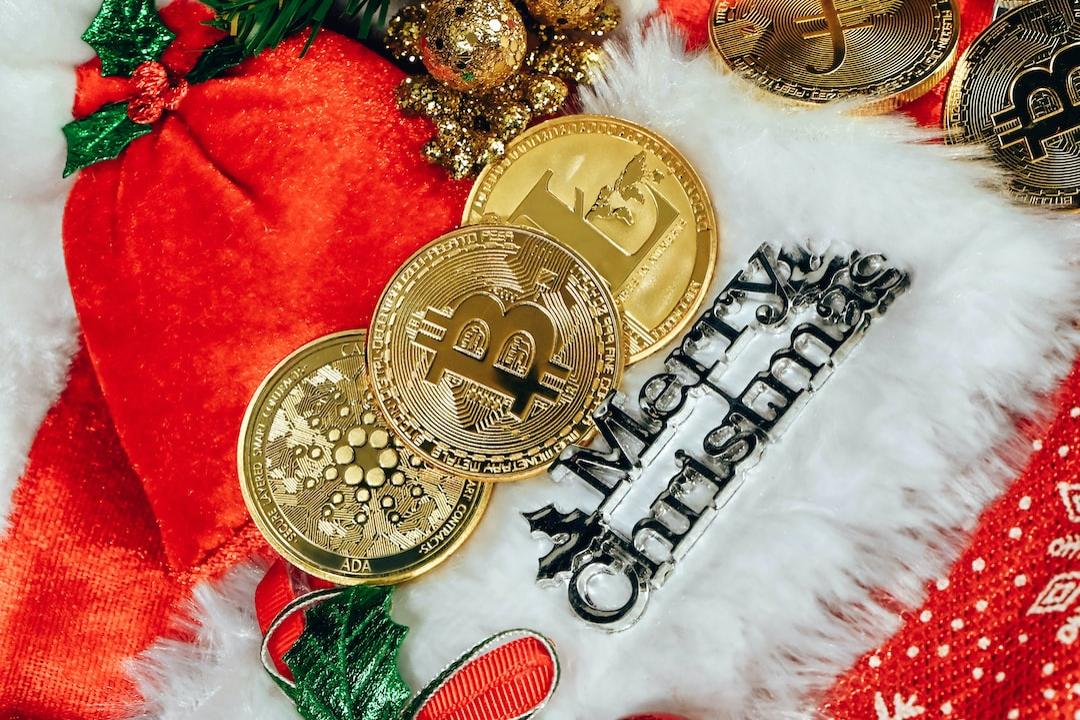How to Choose Which Cryptocurrency to Buy When Starting Out?
Are you looking to take the first step and start buying cryptocurrencies but unsure of which ones to choose? In addition to the commonly heard Bitcoin (BTC) and Ethereum (ETH), “stablecoins” are also an option that beginners can consider.
What are Stablecoins?
Stablecoins are a type of cryptocurrency that is typically backed by a stable asset such as a fiat currency or gold, to maintain its value stability. “USD stablecoins” are the most common category, which are linked to reserve assets such as the US dollar or gold, and their prices can be maintained at a relatively stable level. In some exchanges, purchasing other cryptocurrencies with stablecoins can yield better prices than with the New Taiwan Dollar.
Currently, the most well-known stablecoins in the cryptocurrency market are Tether (USDT), which has the highest trading volume, and USDC, which is issued by Circle and the Coinbase exchange. In the cryptocurrency community, people often refer to stablecoins as “buying U” or asking “how many Us”.
Why Buy Stablecoins?
As stablecoins have smaller price fluctuations, most people buy them primarily as a medium of exchange between cryptocurrencies and digital assets, rather than as investment products. Although it may be more difficult to profit from price fluctuations with stablecoins, many exchanges offer stablecoin staking services.
The concept of staking is similar to earning interest on fixed deposits, making it a more conservative investment method in the cryptocurrency community, but it can also yield decent returns. Therefore, for conservative investors who want to participate in the cryptocurrency market and test the waters but are afraid of the volatility risks, stablecoins can be a suitable choice for beginners.
4 Steps for Newcomers to Buy Cryptocurrency! A Step-by-Step Guide
Step 1: Choose an Exchange
For beginners who are new to cryptocurrencies and want to buy them, the first step is to choose a reputable domestic exchange. Currently, some of the more common exchanges in the market that have declared compliance with anti-money laundering regulations by the Financial Supervisory Commission (FSC) include MaiCoin, BitoPro, XREX, HOYA BIT, Rybit, etc. When selecting an exchange, users can consider their own needs, preferences, and other factors.
When choosing an exchange, the following factors can be considered:
– Security: Ensure that the exchange has good security measures, including two-factor authentication, fund insurance, and whether the platform has trust or additional insurance for user funds and cryptocurrencies.
– Transaction fees: Each exchange has different fees for transactions, deposits, and withdrawals, and although the price differences may not be significant, some exchanges may offer discounts when paying transaction fees with their own platform tokens.
– Supported cryptocurrencies: Some exchanges only offer a few basic cryptocurrencies to avoid overwhelming beginners. Although most exchanges support major cryptocurrencies such as Bitcoin (BTC), Ethereum (ETH), and stablecoins, if there are plans for more diverse investments in the future, the exchange’s attitude towards listing smaller coins can also be considered.
– User experience: Each exchange has different user interfaces, product services, and operational methods.
Step 2: Register an Account and Complete KYC Verification
After selecting an exchange and completing the download, the next step is to register an account and complete Know Your Customer (KYC) verification. In order to comply with anti-money laundering laws, regulatory authorities in Taiwan require exchanges to verify the identity of their customers. Therefore, during the registration process, personal information and identification documents such as ID cards, birth dates, residential addresses, and even a photo of the person holding the identification document need to be provided.
In addition, it is important to note that while registering, a bank account must also be linked to ensure the legality of the customer’s identity and to help prevent money laundering and illegal financing activities. In the future, funds can only be transferred from this bank account to the exchange.
Step 3: Deposit Funds (Fiat Currency Transfer)
After completing the account registration and KYC verification, and after a few days of exchange review, you can start trading cryptocurrencies on the exchange. First, click on the wallet in the exchange and select “New Taiwan Dollar” in the currency list. Then choose “Deposit” to obtain a unique encrypted wallet bank account linked to the previously bound bank account. Funds can be transferred into the wallet of the exchange through online banking (recommended) or ATMs.
Step 4: Buy Cryptocurrencies
After the transfer is completed, a notification confirming the deposit will be received within about 3-5 minutes. Once it is confirmed that New Taiwan Dollars have been credited to the wallet, you can start buying stablecoins.
Usually, on the trading page of the exchange, you can find commonly used trading pairs such as USDT/TWD, BTC/USDT, and more. These trading pairs represent the currencies you want to buy and the currencies you expect to pay (selling is also in the same trading pair). For example, USDT/TWD represents the ability to buy and sell stablecoin USDT with New Taiwan Dollars.
Next, go to the order placement page, select the stablecoin you want to purchase and the amount, and place the order directly. As cryptocurrency prices often fluctuate, if you choose to place a “limit order” by manually entering the amount instead of purchasing at “market price,” you may need to wait for some time to successfully complete the order.
As cryptocurrency assets increase, they can be kept in the exchange account or transferred to a personal cold wallet or other decentralized wallets to increase security.
Learning how to buy cryptocurrencies is the first step to enter the cryptocurrency market. With the same process and methods, you can also try buying different cryptocurrencies and trading pairs to reduce investment risks and participate in the market.
Finally, it is important to emphasize that it is essential to understand the related risks and proceed with caution before making any investments.
Proofreading Editor: Gao Jingyuan

